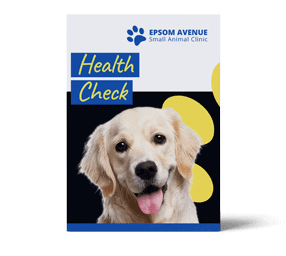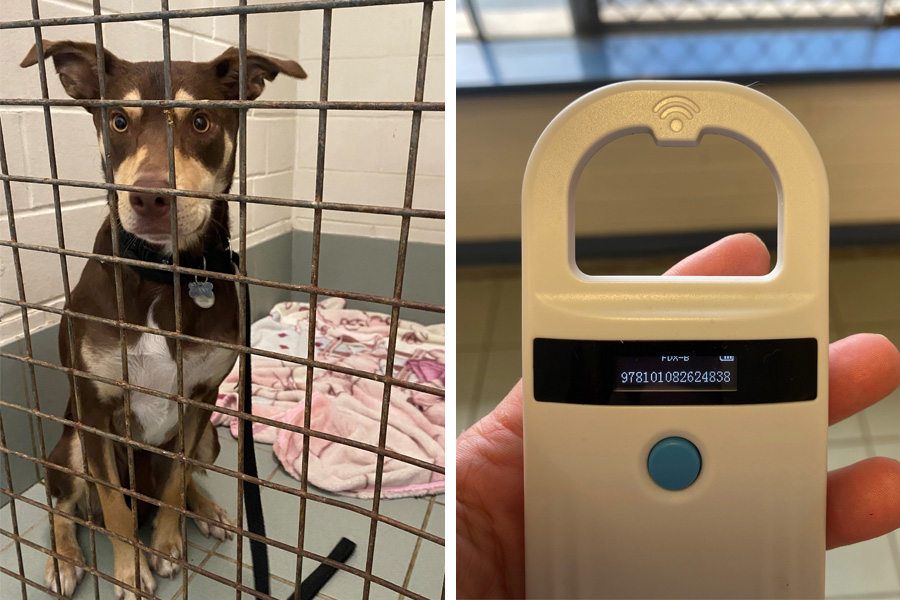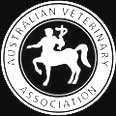A microchip is a tiny chip that is implanted under your pet’s skin, between the shoulder blades. The chip is very small, about the size of a grain of rice, and is a permanent form of identification of your pet.
Each chip has a unique 15-digit number that is detected using a microchip scanner. The microchip number is recorded on a database registry with details about the animal and owner. Should your pet become lost, veterinarians, animal shelters and local councils can scan your pet for a microchip and contact you via the database.
In Western Australia, it is lawful that dogs and cats are microchipped for the purpose of identification and registration. The timeline set out for microchipping and pet registration appears in the Dog Act 1976 and the Cat Act 2011. Puppies should be registered (with your local council) and microchipped before 3months of age. Kittens must be microchipped before they reach six months of age.
How do you have your pet microchipped?
We can insert a microchip during a normal veterinary consultation. Please contact us for an appointment or for more information.
Once microchipped, how do I register and keep my details updated?
Once your pet is microchipped, we will register the microchip with a national database. At Epsom Ave Vet clinic we use The Australasian Animal Registry (AAR). This is Australia’s largest and most comprehensive not-for-profit animal registration and recovery service, with a database of over 1.8 million animals from across Australia and New Zealand. You will receive a copy of this registration.
It is important to keep your pets microchip details up to date with your current contact information in case the worst happens.
To update your pets microchip details, you must be the registered owner of the pet. If not, you can change ownership of your pet via their online form found at AAR Change Ownership Form Retrieve your pets AAR Certificate of Registration. This certificate will display their microchip number.
Go to AAR Update Registration page If you are the registered owner of your pet in the AAR Database.
- Enter your Surname
- Enter your pets microchip number
- Update your address and phone number for your pet
- Your details are now updated!
Important things to consider
- If you want to check if your pet’s chip is Registered, check www.petaddress.com.au
- If you can’t remember your pets microchip number, contact your vet or the database your pet’s microchip is registered with if known, and they will be able to assist.
In Australia there are seven microchip registries:
- Australasian Animal Registry
- Central Animal Records
- Petsafe
- HomeSafeID
- Global Micro
- NSW Government registry
- SA Government registry
- If you find a lost pet, please contact your local vet, animal shelter or your closest 24hr emergency hospital to arrange a scan of their microchip so as they can be reunited with their family as soon as possible.
- The importance of regularly checking and updating your pet’s microchip registry information cannot be overstated. A great many microchipped pets are never reunited with their owners due to unregistered or out-of-date contact information!





